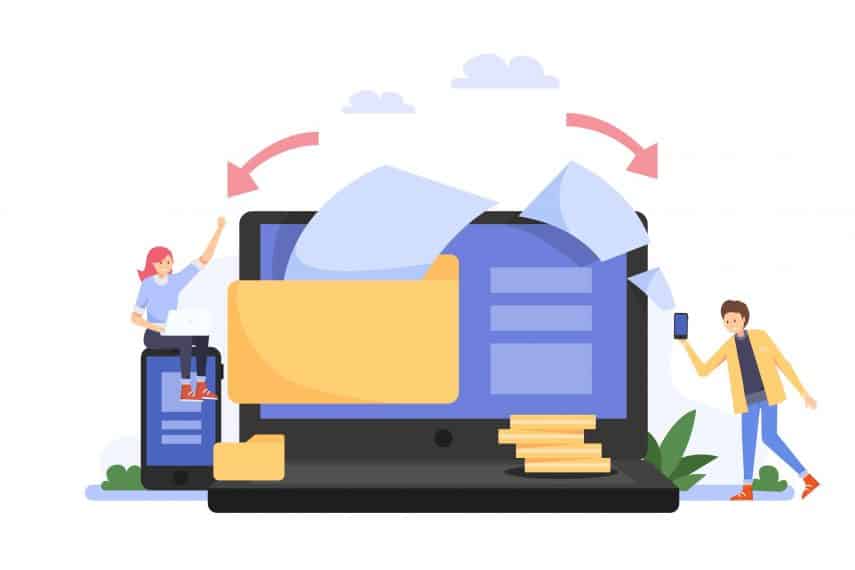
Embracing the Digital Transformation: From Paper to Paperless

1. The Evolution of Business Documents
For decades, paper documents have been the backbone of business operations. From invoices and contracts to memos and reports, they have played a crucial role in communication, record-keeping, and decision-making. The familiar rustle of paper, the weight of a well-organized file cabinet—these were the hallmarks of an efficient office.

2. The Digital Revolution
Enter the digital era. The relentless march of technology has transformed the landscape. Here’s how:
Efficiency: Digital documents are easily searchable, shareable, and accessible. No more rifling through stacks of paper to find that elusive contract. With a few clicks, you’re there.
Cost Savings: Say goodbye to printing costs, storage fees, and postage. Digital files require no physical space and can be archived effortlessly.
Collaboration: Teams can collaborate seamlessly across time zones and geographies. Real-time edits, comments, and approvals—no more waiting for the courier to deliver the signed contract.
Security: Encryption, access controls, and audit trails ensure that sensitive information remains confidential.
Customer Experience: Customers expect personalized, timely interactions. Digital channels allow businesses to engage with clients through targeted emails, e-signatures, and online portals.

3. Balancing Paper and Paperless
But wait! Paper is not extinct. It still has its place:
Legal Requirements: Some documents (think legal contracts, deeds, and notarized forms) require physical signatures. Hybrid solutions—where digital processes generate paper documents for signing—are common.
Human Touch: A handwritten note or a beautifully printed brochure can leave a lasting impression. Don’t underestimate the power of tactile experiences. Legacy Systems: Older processes may rely on paper. Transitioning gradually ensures continuity without disrupting operations.

4. Best Practices for Companies
So, how can companies navigate this dual existence?
Digitization: Convert paper records into digital format. Scanning and indexing allow for efficient retrieval and reduce clutter.
Enterprise Content Management Systems (ECMS): Invest in robust ECMS that capture, store, and retrieve both paper and electronic documents. An ECM solution can streamline workflows and enhance productivity.
Integration: Seamlessly integrate digital documents with other critical systems (CRM, ERP, etc.). More data means better decisions.
Training: Educate employees on digital processes. Change management is key.
Security Measures: Protect digital assets with encryption, access controls, and regular backups.

Conclusion
The digital transformation is not about abandoning paper—it’s about harmonizing the best of both worlds. So, whether you are clicking a mouse or flipping through a file, remember: Every document tells a story. Choose wisely, and let your business thrive in this exciting age of change.
An Article by Nikos Kavalieratos, Commercial Manager, Archeiothiki

